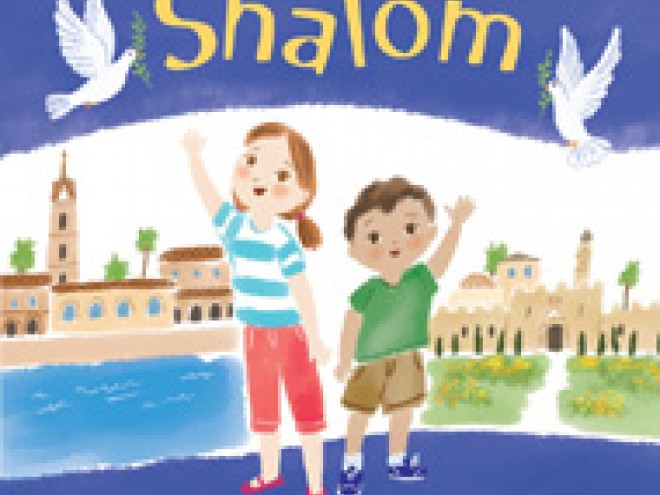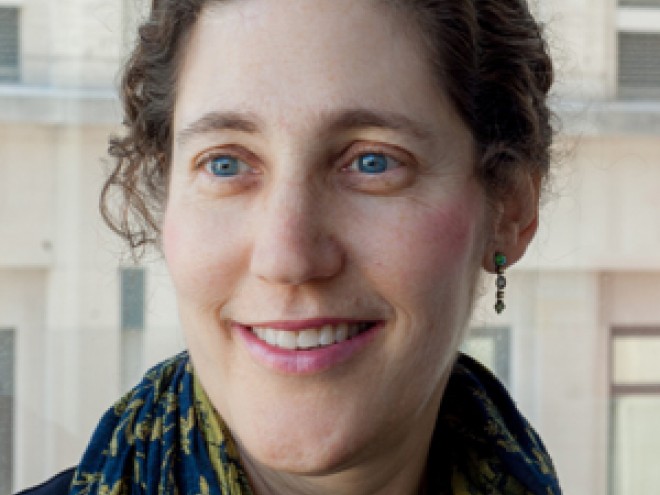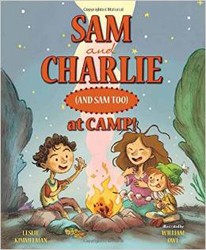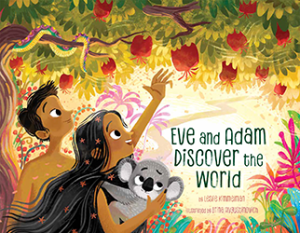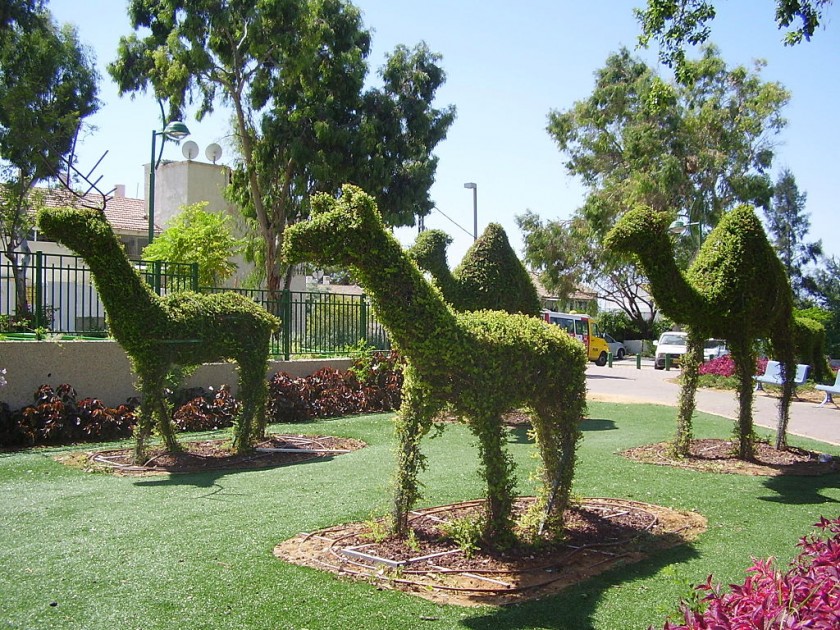
Noah’s Ark Garden in Holon, Israel, by Dr. Avishai Teicher
Ever since I was young, I’ve been fascinated by the story of Noah’s Ark. As a child, I had so many questions: How could Noah possibly have built an ark large enough for that many animals? What would he have fed them for such a long stay? How did he prevent natural enemies from attacking and eating each other? What did the animals do all day, every day? Didn’t any of them have babies on the long journey, making three of some kinds? And my biggest question: As the waters began to rise, why was there no mention of all the other people that they were leaving behind — wicked, yes, but still worth at least a passing thought, right? As a kid who made plenty of mistakes, this seemed especially awful. How bad could these discarded people have been? I never found any satisfying answers.
Worse and Worse on Noah’s Ark is my third attempt to write a story about this fantastic voyage. My first try was in diary form and the second was in verse. This final one, the one that became my book, was the most straightforward version, somewhat Yiddish-inflected and with a humorous tone. What could be more Jewish than meeting troubles and sorrows with good-humored kvetching?
What could be more Jewish than meeting troubles and sorrows with good-humored kvetching?
What I didn’t expect was how timely the book’s publication would turn out to be. The COVID-19 reality we are now living with was completely unimaginable when I started writing. But during these strange and scary times, the story of Noah and his ark has obvious resonance. Sheltering in place, trying to feed ourselves and keep safe — we are all in our own cramped arks, navigating rough seas, trying to get along, and desperately hoping for the storm to end and a rainbow to appear, a promise of better times to come. Most biblical scholars say that Noah and his companions were on the ark for a full year: the forty days of rain, then the time waiting for God to remember and make the waters subside, and finally, the sending forth of a raven, a dove, and a second dove. I can’t imagine a year of lockdown; as I write this, it’s been just under forty days for me and it already seems like it’s been forever.
Worse and Worse on Noah’s Ark doesn’t provide the answers to any of my childhood questions, though I at least got to feature my favorite animals in the book. But, perhaps, it’s enough that there are good questions. Questioning is so Talmudic, after all. How can we keep the peace, all crowded together in a confined space? How can we support each other (including, this time, those on neighboring arks)? Why is it so difficult to remember that, like Noah, we do best by doing nothing, by staying patiently home while the virus runs its course?
A resigned acceptance that things can almost always get worse is a pretty typical Jewish reaction to challenging times — but so is the belief that when we work together, we can usually make things a little bit better. And every time I think (like Mrs. Noah in the book), “Oy vey, what a day! This is just too much,” I remind myself that, according to the Old Testament, Noah was six-hundred years old at the time the flood occurred. If he could get through his quarantine, then so can I.
Leslie Kimmelman grew up outside Philadelphia and graduated from Middlebury College in Vermont. She is the author of many children’s books, awards for which include Best Children’s Books of the Year from the Bank Street College of Education; Notable Children’s Trade Books in the Field of Social Studies; and Sydney Taylor Notable Books. Kimmelman is an editor at Sesame Workshop and lives with her family just north of New York City.
